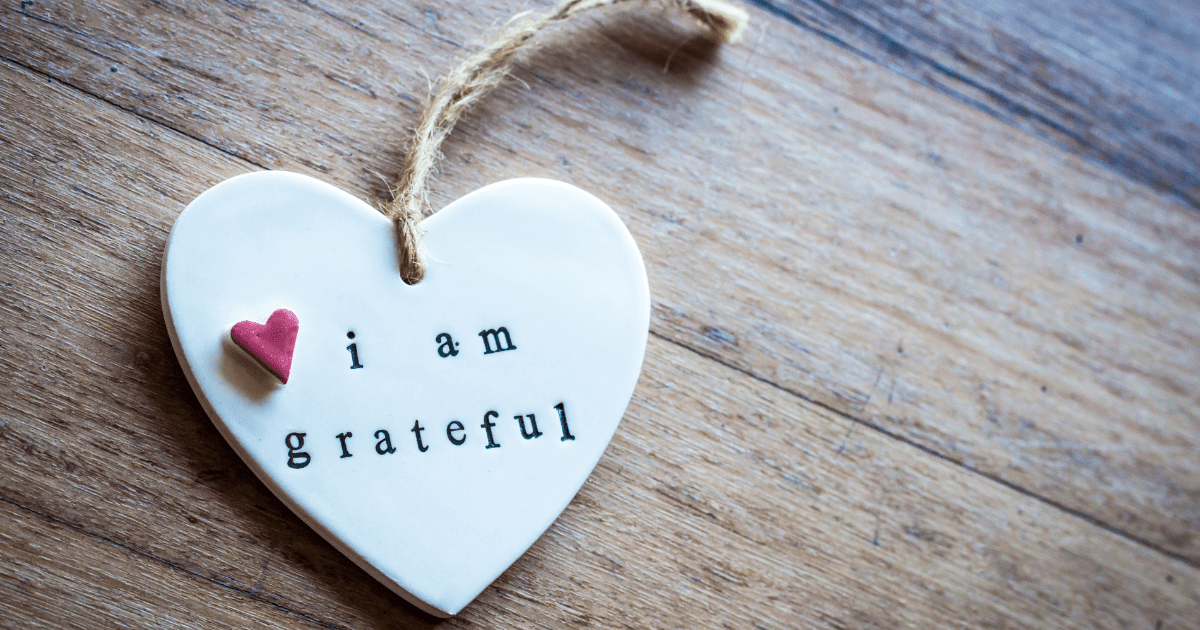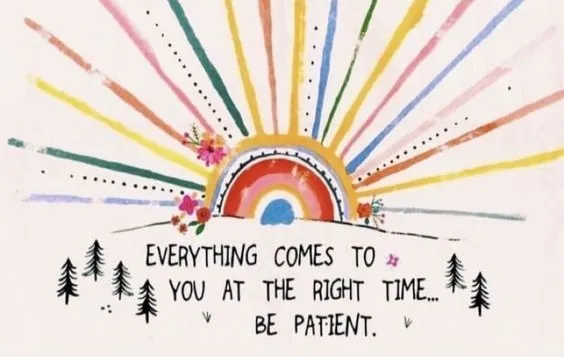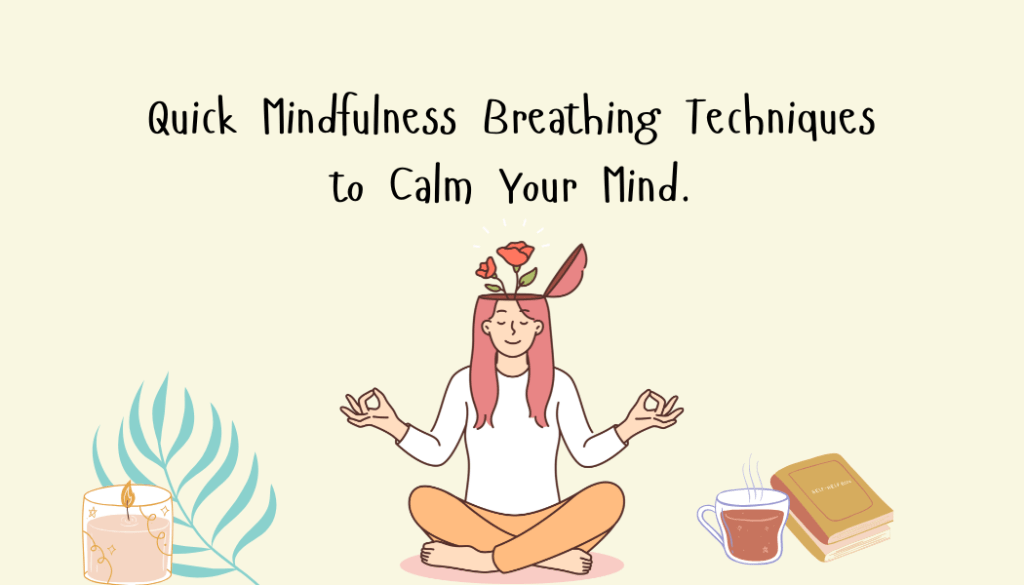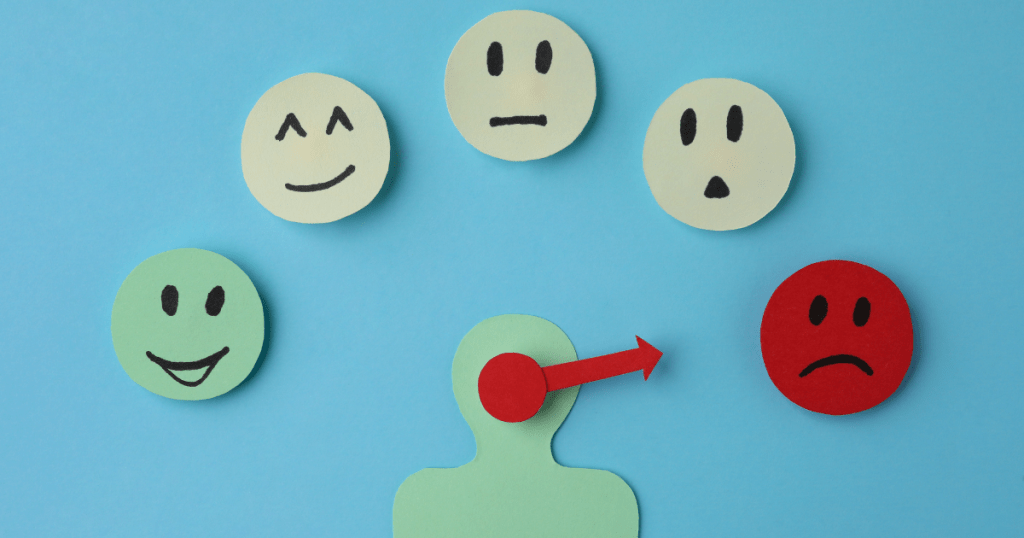Be thankful for what you have; you’ll end up having more
In a world that constantly reminds us of what we lack, the concept of gratitude stands as a beacon of light, illuminating paths to fulfillment, empowerment, and transformative techniques for living.
Unlocking Abundance with Gratitude
To bring this full circle, consider the story of John Kralik, who was at rock bottom when he decided to turn his life around by writing 365 thank-you notes, one each day for a year. John was struggling with a failing law practice, a crumbling marriage, and poor health. But as he began to express gratitude, he noticed a profound shift in his life. His relationships improved, his business started thriving, and he began to feel a deep sense of peace and contentment. John’s experiment is a powerful testament to the transformative power of gratitude.
Gratitude turns what we have into enough.
Oprah Winfrey’s Gratitude Journey
When you think of gratitude, one name that might come to mind is Oprah Winfrey. Before she became a media mogul, Oprah faced a difficult childhood filled with challenges that would have left many bitter. Yet, she credits gratitude for turning her life around. Oprah began keeping a gratitude journal in the 1990s, writing down five things she was grateful for every single day. She believes that this simple practice helped her shift her focus from what was lacking to what was abundant in her life. Her story isn’t just inspirational—it’s proof that gratitude can be a catalyst for change.
“Feeling gratitude and not expressing it is like wrapping a present and not giving it.”
A Testament to the Power of Gratitude
One compelling example of the transformative power of gratitude comes from the life of Chris Gardner. Gardner’s journey from homelessness to millionaire was immortalized in the film The Pursuit of Happyness. Despite facing severe financial instability and homelessness, Gardner’s unwavering commitment to his son and his gratitude for the opportunities, no matter how small, propelled him forward. Gardner often speaks about the role of gratitude in his success, emphasizing that it was his appreciation for the opportunities he had, rather than resentment for those he didn’t, that made all the difference. His story illustrates that gratitude can be a powerful catalyst for change, inspiring us to overcome challenges and pursue our goals with renewed vigor.
“When you are grateful, fear disappears and abundance appears.“
What Science Says About Gratitude
Neuroscientists have found that people who regularly practice gratitude have higher levels of dopamine, the “feel-good” hormone, and serotonin, the neurotransmitter associated with feelings of well-being. It’s like a natural antidepressant.
Research from the Greater Good Science Center at UC Berkeley found that people who keep a gratitude journal report better sleep, lower levels of stress, and a more positive outlook on life. Even better, these effects aren’t just temporary. Regular gratitude practice can create lasting changes in the brain, enhancing your ability to deal with challenges and stress over time.
A Daily Dose of Practical Gratitude
So, how do you incorporate gratitude into your daily life without it feeling like another chore on your never-ending to-do list? It’s simpler than you think. Here are some practical tips to get you started:
- Gratitude Journaling: Take a page from Oprah’s book—literally. Spend five minutes at the end of each day writing down three things you’re grateful for. They don’t have to be monumental. It could be something as simple as enjoying a warm cup of coffee or a kind word from a colleague.
- Thank You Notes: When was the last time you wrote a thank you note? Not an email or a text, but a real, handwritten note. Expressing gratitude to others can boost your happiness and strengthen your relationships. Plus, who doesn’t love receiving a thoughtful note in the mail?
- Gratitude Meditation: If journaling isn’t your thing, try gratitude meditation. Spend a few minutes each day focusing on the things you’re thankful for. Visualize them in your mind and allow yourself to fully appreciate them. It’s a great way to start or end your day on a positive note.
- Gratitude Jar: Keep a gratitude jar in your home. Whenever something good happens, write it down on a slip of paper and toss it in the jar. Over time, you’ll have a jar full of reasons to be thankful, which you can revisit whenever you need a pick-me-up.
Whether you’re facing tough times or just want to live a happier, more fulfilling life, starting a gratitude practice is one of the best things you can do for yourself. Remember, it’s not about having everything you want—it’s about appreciating everything you have.
So, what are you grateful for today?



